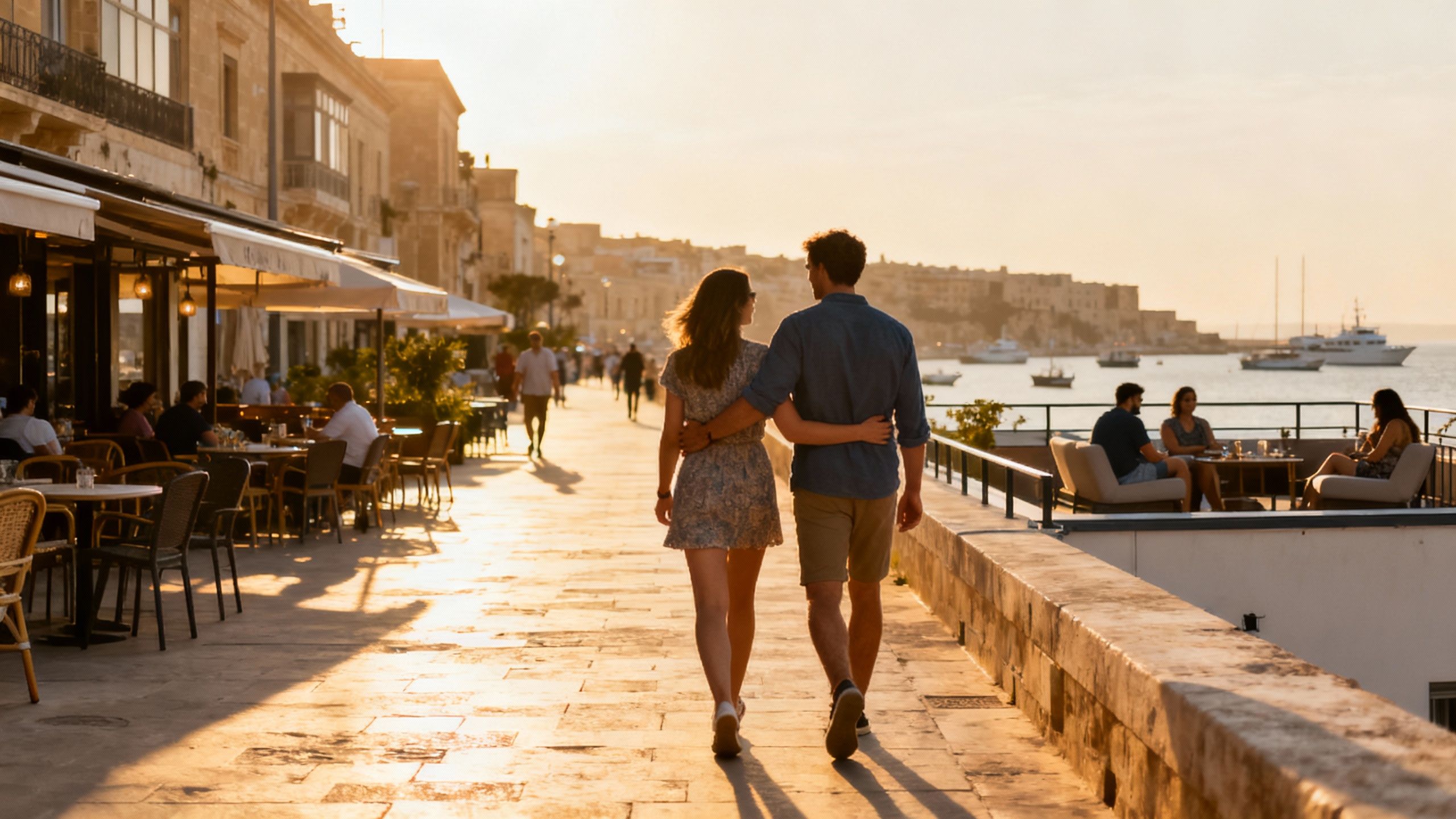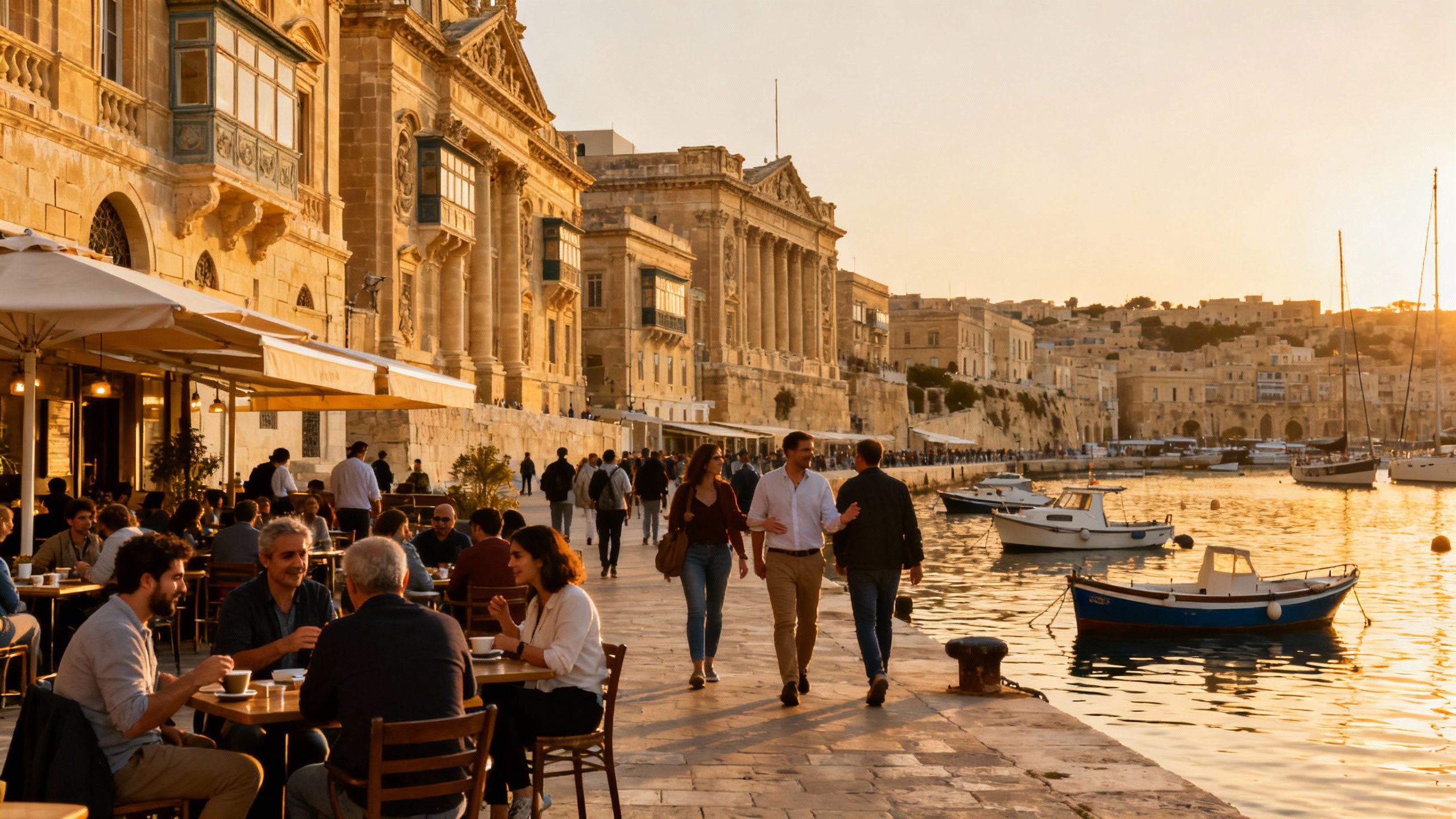Taxes, Seasonal Use & Neighbourhood Choices in France
Pair lifestyle with prudence: seasonal rhythms, neighbourhood character and fiscal realities determine which French addresses deliver lasting enjoyment and robust value.
Imagine stepping out at first light to a boulangerie in the 6th arrondissement, the air scented with warm brioche, or watching evening light catch the limestone façades of a Provençal village. France arranges itself around rituals—cafés at dawn, market runs on Saturday, long dinners that extend into the night—each a reason to pick one neighbourhood over another. Recent market analysis shows activity returning to the market while regional rhythms shape demand; for an international buyer, those rhythms determine both lifestyle and value. This piece bridges that daily life with the legal and fiscal realities you must consider before committing to a French address.
Living the French Life: How place shapes days

Living in France is a composition of small, carefully arranged moments: morning cafés, the cadence of weekly markets, and neighbourhood streets that encourage walking rather than rushing. Whether you choose a Haussmann apartment in central Paris, a stone mas in Les Alpilles, or a villa with a cypress-fringed drive on the Côte d’Azur, the local pattern of life—shops, schools, transport—defines how you will inhabit the place. Market signals vary markedly by region; the national recovery in 2025 masks distinct local dynamics that influence liquidity and price trajectory. Understanding those dynamics early shapes where you will spend time and how your property performs over time.
Paris: Intimate scale within metropolitan life
Picture weekday strolls across Île Saint‑Louis, afternoons in the Luxembourg gardens, and evenings at a rue de Seine bistro; Paris offers proximity to museums, international schools, and discreet services that appeal to established professionals. Neighborhood choice is rarely about square metres alone: a 5th‑arrondissement pied-à-terre prioritises cultural access, while the 16th offers larger flats, private schools and green avenues suited to families. The city’s liquidity and rental demand remain relatively resilient, but price per square metre and transaction taxes are higher than elsewhere, affecting long‑term yield calculations. For many internationals, Paris is a lifestyle anchor rather than a pure investment play.
Riviera & Provence: Sea, light and seasonal rhythms
The Côte d’Azur stages a distinct seasonal life: quiet winters in hill villages, intense social seasons centred on Cannes and Saint‑Tropez, and a year-round appetite for quality properties with sea views. International demand concentrates in a narrow band of prime addresses where supply is structurally limited; this scarcity underpins the Riviera’s superior price performance. Yet inland Provençal towns—Aix‑en‑Provence, Les Alpilles, Luberon villages—offer a different temper: less volatility, generous house sizes, and a stronger sense of continuity with rural rhythms. Lifestyle preferences—entertaining, outdoor living, proximity to airports—should weigh as heavily as headline price per square metre.
- Lifestyle highlights to sample before you buy: visit Marché d’Aligre (Paris), dinner at La Colombe d’Or (Saint‑Paul‑de‑Vence), an evening passeggiata along Nice’s Promenade des Anglais, a weekend at Cap Ferret’s oyster shacks, and a market morning in Aix‑en‑Provence.
Making the move: practical considerations beside the dream

Translating a lifestyle into a property purchase requires attention to process, cost and local practice. In France, the notarial system, droits de mutation (transfer taxes), and the formal preliminary contract (compromis de vente) structure the transaction, while mortgage availability and interest rates influence timing. Recent reports indicate renewed activity in 2025 as borrowing costs eased and buyers anticipated regulatory changes; nonetheless, regional liquidity differs and off‑market opportunities often require a trusted local adviser. Align your preferred lifestyle with an acquisition strategy that anticipates taxes, rental rules and seasonal demand.
Property styles and how they shape daily life
A Parisian Haussmann flat brings formal proportions, detailed plasterwork and proximity to civic life; a Provençal mas offers thick stone walls, shaded courtyards and a slower daily rhythm suited to outdoor living. On the Riviera, level changes, terraces and coastal exposures demand attention to maintenance of pools, sea‑air corrosion and landscape stewardship. Each typology carries different running costs, insurance considerations and restoration standards; for historic properties, ask for conservation documentation and details on recent works. Your choice should reflect not only aesthetic preference but the practicalities of heating, insulation and seasonal occupation.
Working with local experts who preserve lifestyle intent
A cultured local agent functions as much as a curator: they introduce neighbourhood rhythms, advise on renovation ethics, and access off‑market listings that match a particular way of life. Use firms with proven notarial relationships and experience arranging cross‑border finance, tax structuring and property management when you are absent. Expect agencies to prepare comparable sales, local rental performance data, and to liaise with architects and maître d’ouvrages when restoration is required. For stewardship-minded buyers, an agent who values provenance and material authenticity is an essential ally.
- Practical steps to combine lifestyle and purchase (sample sequence): 1) Spend focused time in shortlisted neighbourhoods across seasons; 2) Engage a local notaire and obtain preliminary sales terms; 3) Commission condition and energy diagnostics (diagnostics immobiliers); 4) Secure finance or pre‑approval and clarify tax exposure; 5) Negotiate a compromis with clear conditions precedents (financing, surveys).
Insider knowledge: what expats wish they’d known
Experienced internationals often speak of a few recurring surprises: the cost and complexity of authentic restorations, the way local councils regulate renovations, and seasonal swings in services and transport. Many discover that neighbourhood identity—market square, school catchment, tram link—matters more than headline price per metre. Others underestimate the impact of transfer taxes and the need for a clear long‑term maintenance plan when buying older masonry properties. Learning these points early preserves both lifestyle and capital.
Integration, language and community
Neighbourhoods with strong local services—boulangeries, pharmacies, schools—accelerate integration; participating in marché mornings or joining a local club are simple customs that open doors. French administrative procedures reward preparation: appointments, documented powers of attorney and leaving allowances for seasonal absences smooth many interactions. While many professionals manage with limited French at first, learning the language deepens relationships with craftsmen, notaires and neighbours and opens access to the best local advice. Expect a gradual, reciprocal process of belonging rather than immediate assimilation.
Long-term stewardship and resale considerations
Consider how your chosen property will age: coastal salt air, roof coverings, and heritage fabric require differing conservation approaches and budgets. In prime Riviera addresses, limited supply sustains values but also demands higher maintenance budgets and stricter planning permissions for alterations. In provincial markets, the potential for extension and garden use can add functional space and long‑term appeal. A clear maintenance and upgrade plan, agreed with local specialists, preserves both enjoyment and capital.
- Red flags and practical checks before committing: instruct independent structural and termite reports; confirm the property’s energy diagnostics (DPE); verify legal boundaries and servitudes with the notaire; request full invoices for recent works; check local rental regulations if you plan seasonal lets.
Imagine living here six months from now: measured mornings at a local café, an afternoon market full of seasonal produce, evenings spent with neighbours in a courtyard lit by lanterns. The right property in the right neighbourhood will sustain those pleasures while satisfying prudent financial stewardship. Begin with places that match your daily priorities, then assemble a team—agent, notaire, architect—whose sensibility aligns with preservation and quality. When lifestyle and process are held in equal measure, France becomes not only a purchase but a place to belong.
Having moved from Stockholm to Marbella in 2018, I help Scandinavian buyers navigate Spanish property law, restoration quality, and value through authentic provenance.


